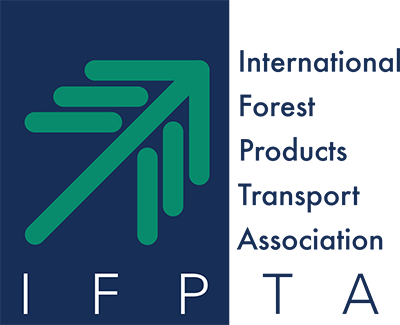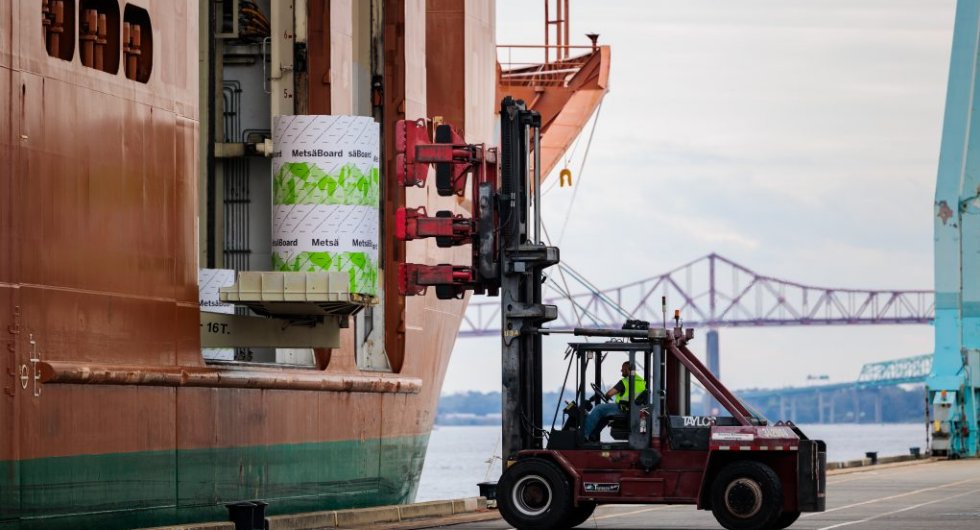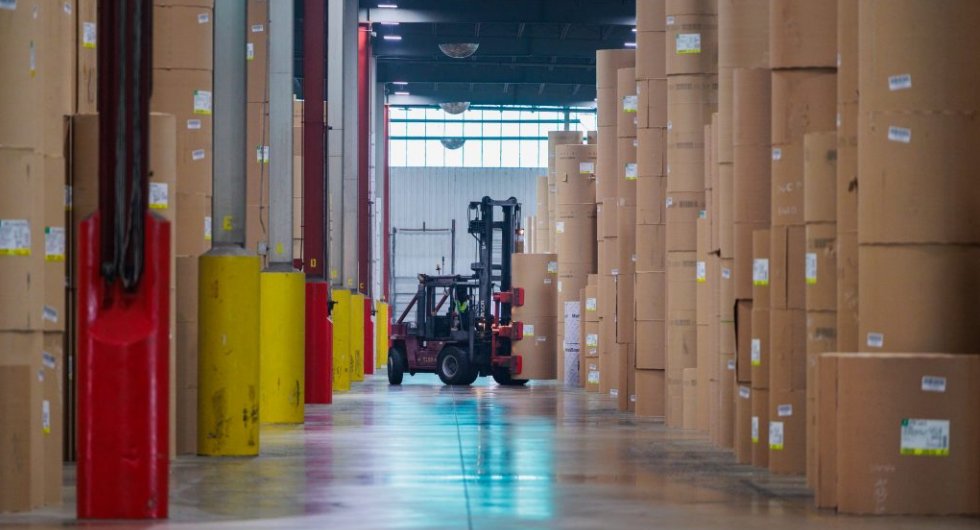|
The Art and Science of Handling BreakbulkBy Marcia Pledger Oct. 12, 2024 - Supply chain directors looking for versatile logistics partners should know that JAXPORT (Jacksonville Port Authority) specializes in handling and storing breakbulk, which is cargo traditionally shipped outside of a container. This type of cargo includes products like paper, food, and heavy machinery. JAXPORT’s worldwide cargo service, including direct connections to 140 ports in 70 countries, enables these items to regularly cross the docks at the Talleyrand and Blount Island terminals. Terminal operators Enstructure and SSA Marine specialize in all aspects of handling breakbulk cargo, including storage when needed. About 90 percent of the breakbulk that moves through JAXPORT is temporarily stored in one of the facilities that make up the port’s combined 1 million square feet of on-dock warehousing before being shipped out by truck and rail. Rick Schiappacasse, Director of Cargo Development at JAXPORT, is responsible for attracting new business and strengthening relationships in the breakbulk and bulk (aggregate products like crushed limestone) cargo sectors, especially to and from Latin America. “When you walk into a big box store, many of the items you see on the store shelves arrived there via a container ship. What many people may not realize is that there is a large volume of cargo that is critical to many industries that is shipped outside of a container by way of breakbulk,” Schiappacasse said. Schiappacasse joined JAXPORT in 2013 with nearly 45 years of industry experience. He said JAXPORT’s biggest strengths are its location and efficiencies. “We have an excellent port facility with no vessel congestion,” he said. “We also have a great highway system, going west to California and to the north and south, and fast reach to all Southeast distribution.” In addition to ocean carrier services, outstanding intermodal connections, and warehousing, JAXPORT’s terminal operators’ experience and skilled labor make Jacksonville especially prime for handling breakbulk. Each shipment presents unique needs and timeframes. For example, machinery like transformers and generators are 15 to 20 feet high and can weigh as much as 30,000 to 70,000 pounds each. Cargo of this size needs a berth that can handle the load. The heavy-lift cargo berth at the Blount Island Marine Terminal ranks as one of the nation’s highest weight-bearing capacity docks, offering up to 2,000 pounds per square foot of load capacity.
Additionally, forest products such as paper and pulp ship as breakbulk. Paper imported from Finland to make magazines comes as massive cylinder-shaped rolls. Stretched end-to-end, the paper inside these rolls can span up to 7 miles long! Pulp from Brazil is brought in as bales bundled together and is used to make tissues and paper towels. Skills and experience are needed to move this cargo with care. From bags of coffee to machinery and pallets of frozen chicken, JAXPORT and its terminal operators are well-positioned to move breakbulk cargo of all shapes and sizes. EnstructureEnstructure operates the largest marine terminal network on the East Coast dedicated to bulk and breakbulk cargo. The business has a network of 21 terminals strategically located near major population hubs along the East Coast, Gulf Coast and the inland river systems of the United States. Enstructure operates at JAXPORT terminals under the brands Portus and Seaonus. Read the complete article on on JAXPORT's website: JAXPORT Blog |


